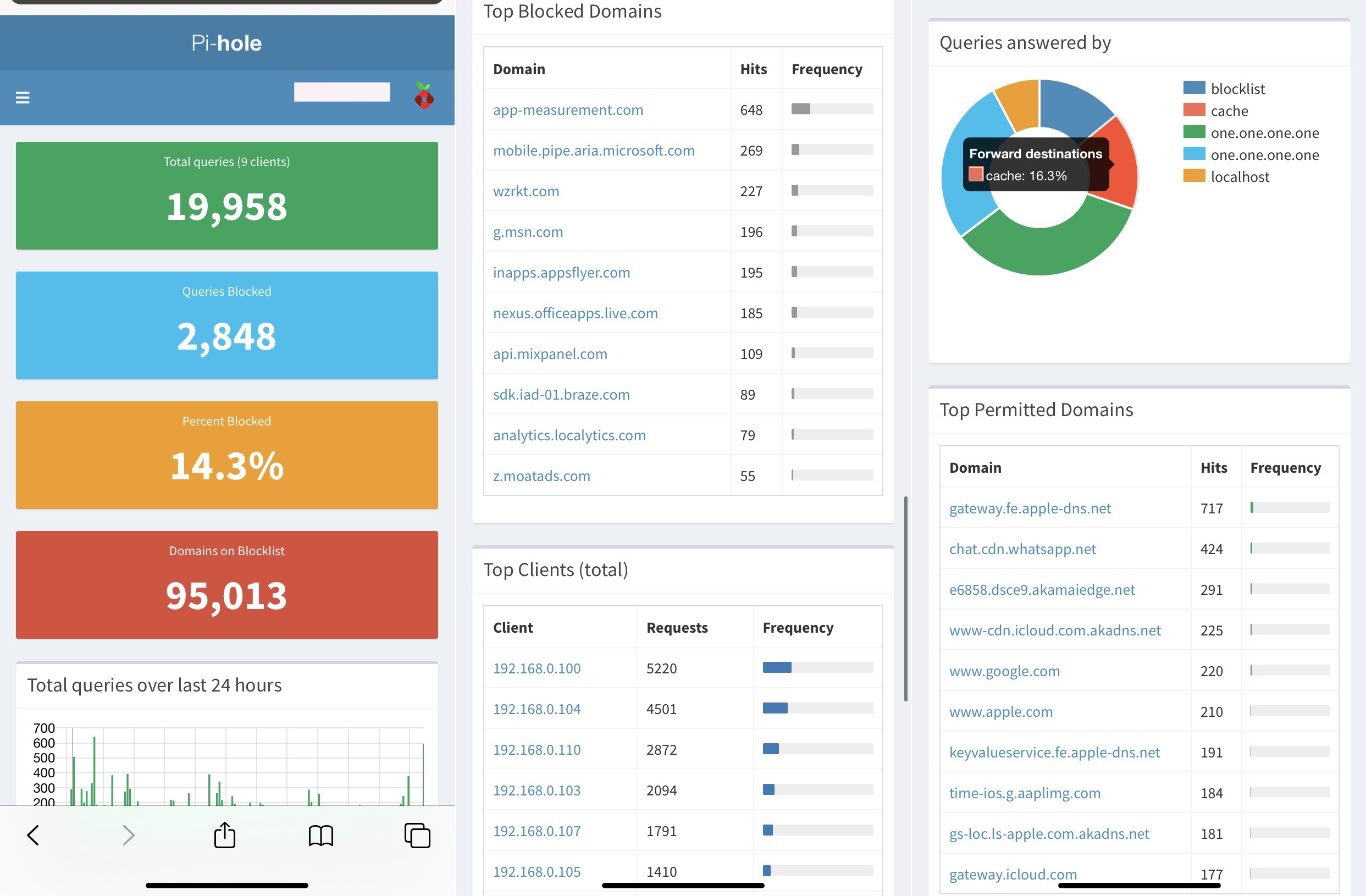(Part 3)
The following examples from Bits and Blocks, Electric Capital and Bankless:
Compound and Aave.. protocols allow people to pool their tokens together and loan them out, earning interest. This interest is captured by yet another token that can be traded secondhand (“cTokens” and “aTokens”). In essence, these lending pools are like legacy money markets, except they are distilled into a programmable money lego which can be composed with other DeFi protocols.
Staked has a protocol that dynamically deposits and withdraws tokens into/from lending pools, seeking the highest yield. Called “Robo Advisor for Yield”or RAY, it is a protocol built on top of protocols built on top of programmable money.
Liquidity providers pool two or more tokens together into a smart contract. This smart contract has logic that enables it to trade autonomously with the rest of the market, earning fees for liquidity providers in the process.
One of [a Ghanian mango farmer’s] big pain points is the volatility of mango prices on the global market. In the future, apps that enable hedging mango prices via futures and options will be trivially easy and something that even small businesses can do. This may sound speculative, but we are already heading down this path.
You can even put constraints on wallet balances or money flows. For example a recipient’s balance can’t exceed $2,500, or any payment can only be made up to $50, or any account can only send or receive a total of $1,500 per day, or whatever.
To come full circle, we return to use cases for central bank use cases. Meltem Demirors, a writer on a number of decentralised ledger tech topics, demonstrates these with the example of a digital currency proposed by Cambodia’s central bank NBC:
Reducing Dollar Dependence: Because the central bank can now exert control over the mix of assets that make up the Bakong system’s native token – which is currently set to include USD and Riel, but in the future, could include a broader mix of currencies, the NBC can start to actively monitor and manage the impact of monetary policy set by other central banks, most specifically, the US.
Influencing Current Account Balances: NCB will now have a way to manage financial flows into and out of the country and a way to manage the basket of currencies that makes up these payments, presumable working to minimize its economic dependence on dollars and optimize its own currency’s competitiveness.
Economic Data Gathering and Controls: Lastly, its important to note that anyone participating in the Bakong system will be required to attach their digital wallet to the bank account in order to exchange payment tokens for currency, and back.
This gives the central bank a few levers of control including
levying tax on these flows that have historically happened outside the system, limiting daily transactions between wallets, or perhaps even blocking certain individuals from using the digital payment system.
(ends)

